Post by meizzwang on Apr 15, 2016 18:59:31 GMT -5
In a previous thread, we were discussing issues with thrips: how can you tell that a deformed looking pitcher or damaged trap came from thrips and not something else? Well, it's not always easy.
First off, let's discuss how we get thrips on our plants in the first place. Where do thrips come from? Here in California, we have the native Western flower thrips, although I suspect multiple variants of thrips are found pretty much everywhere in the US. The following picture is a western flower thrips, and credit for the photo goes to: cues.cfans.umn.edu/old/inter/inmine/Thripm.html
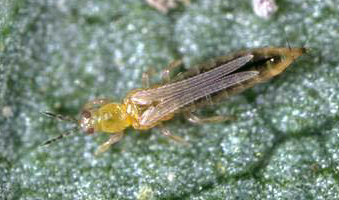
This particular species is visible to the eye, but BARELY! Notice the little bastard has wings! When it's windy, these insects can jump and catch a ride in the wind, which is their usual mode of spreading from one patch to another. Here in California, thrips aren't a problem outdoors until about mid to late summer, when all the local vegetation has died off, and the only thing green in sight is that fat patch of S. flava rugelii's, or your beloved Sarracenia bog. I suspect in areas where it's semi-tropical, like the Southeast, thrips become a problem when temps warm up.
With outdoor plants, no matter how well we spray them, even if we kill every last thrip in the collection, a light breeze will bring new ones in...eventually. However, if we don't keep them in check, they'll form large colonies and discolor your traps.
Well, there's another species of thrips that hangs out on the indoor plants, and these are yellowish and very tiny. I don't know what type they are, but they're a SOB! Here's some photos of thrips damage on indoor plants. Notice the slight brownish discoloration, which can be mistaken for nutrient toxicity. In fact, the only way I know for 100% that this isn't due to soil toxicity is because I physically can see the little Effers on my plants, but they're sneaky and hide when you go looking for them:

If your plants look like this, it means you have an infestation. Don't worry though, I had all of my seedlings look like this last year and several months after treatment, you couldn't tell there was an issue:
 [/url]
[/url]
For the longest time, I thought chlorine or some other chemical in the water was causing this. If you look very carefully, there is one little thrip near the center, bottom of the photo, it's out of focus so don't worry if you can't find Waldo:
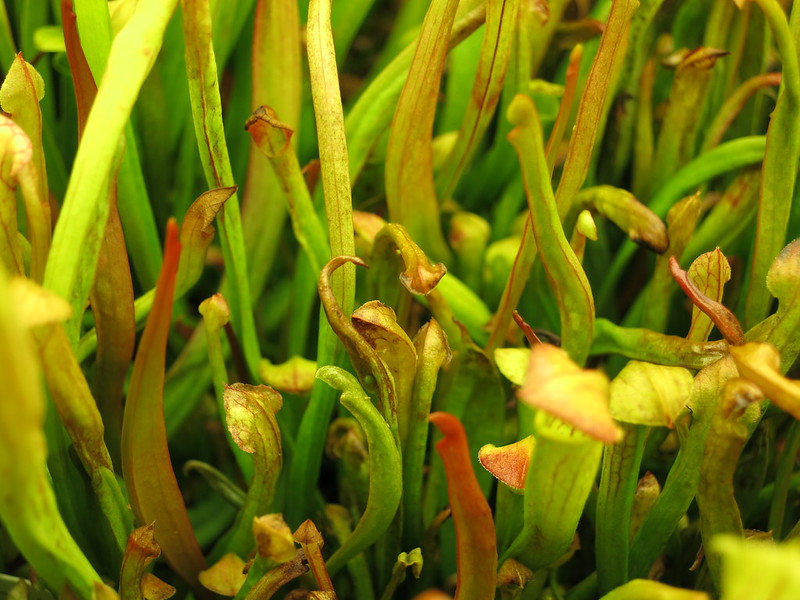
When I take these outdoors, give them some Hippy safer soap or organic oil treatment, they die off within a few days and don't come back....
To be continued....
First off, let's discuss how we get thrips on our plants in the first place. Where do thrips come from? Here in California, we have the native Western flower thrips, although I suspect multiple variants of thrips are found pretty much everywhere in the US. The following picture is a western flower thrips, and credit for the photo goes to: cues.cfans.umn.edu/old/inter/inmine/Thripm.html

This particular species is visible to the eye, but BARELY! Notice the little bastard has wings! When it's windy, these insects can jump and catch a ride in the wind, which is their usual mode of spreading from one patch to another. Here in California, thrips aren't a problem outdoors until about mid to late summer, when all the local vegetation has died off, and the only thing green in sight is that fat patch of S. flava rugelii's, or your beloved Sarracenia bog. I suspect in areas where it's semi-tropical, like the Southeast, thrips become a problem when temps warm up.
With outdoor plants, no matter how well we spray them, even if we kill every last thrip in the collection, a light breeze will bring new ones in...eventually. However, if we don't keep them in check, they'll form large colonies and discolor your traps.
Well, there's another species of thrips that hangs out on the indoor plants, and these are yellowish and very tiny. I don't know what type they are, but they're a SOB! Here's some photos of thrips damage on indoor plants. Notice the slight brownish discoloration, which can be mistaken for nutrient toxicity. In fact, the only way I know for 100% that this isn't due to soil toxicity is because I physically can see the little Effers on my plants, but they're sneaky and hide when you go looking for them:

If your plants look like this, it means you have an infestation. Don't worry though, I had all of my seedlings look like this last year and several months after treatment, you couldn't tell there was an issue:
 [/url]
[/url]For the longest time, I thought chlorine or some other chemical in the water was causing this. If you look very carefully, there is one little thrip near the center, bottom of the photo, it's out of focus so don't worry if you can't find Waldo:

When I take these outdoors, give them some Hippy safer soap or organic oil treatment, they die off within a few days and don't come back....
To be continued....



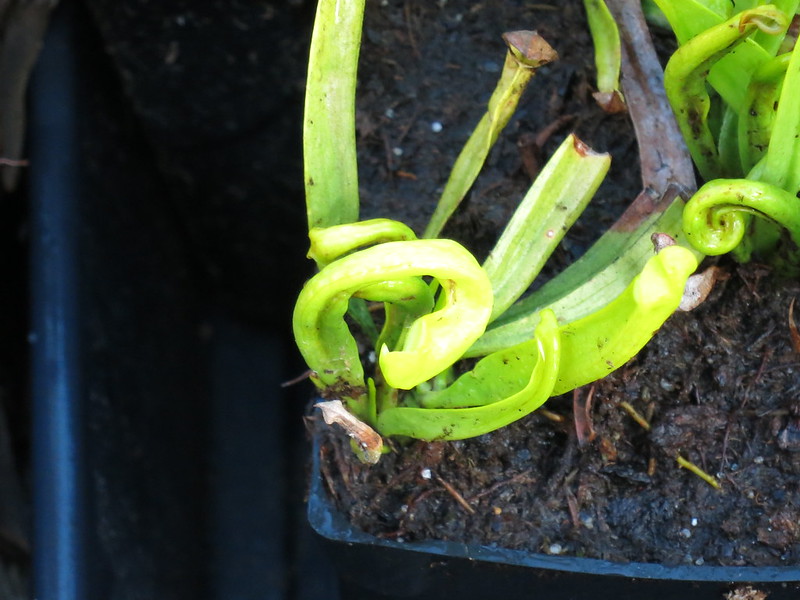
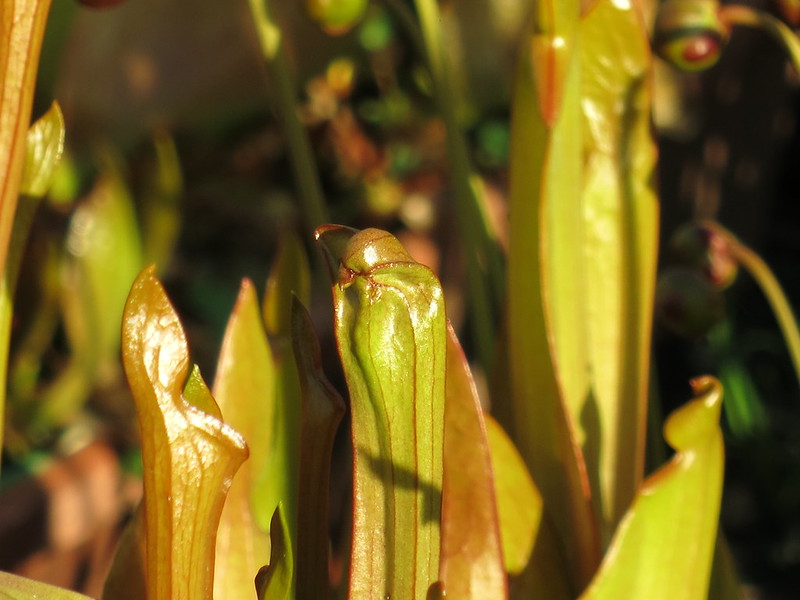

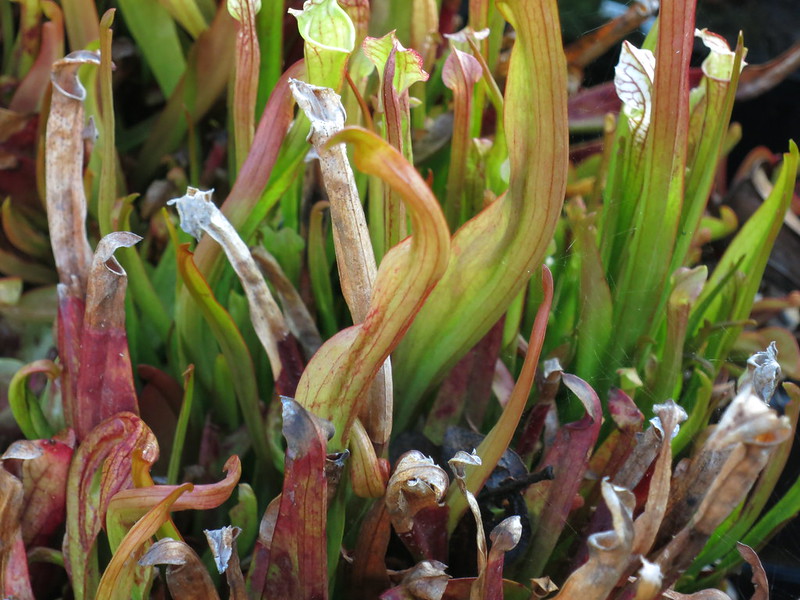
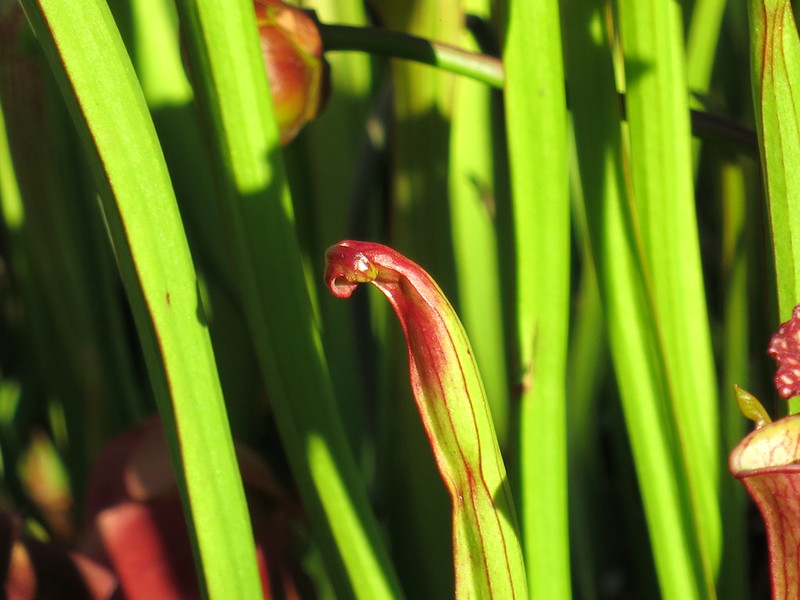
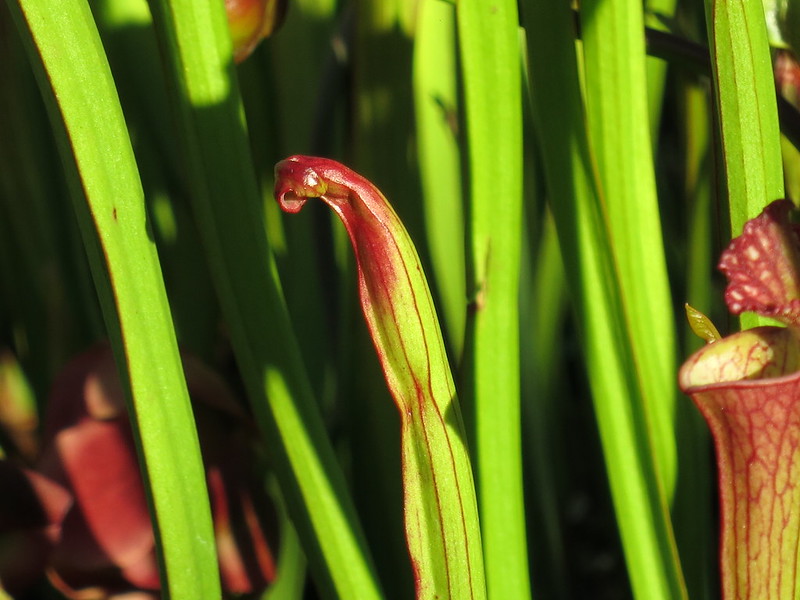
 Here are images of plant progress on 03/16/2023
Here are images of plant progress on 03/16/2023